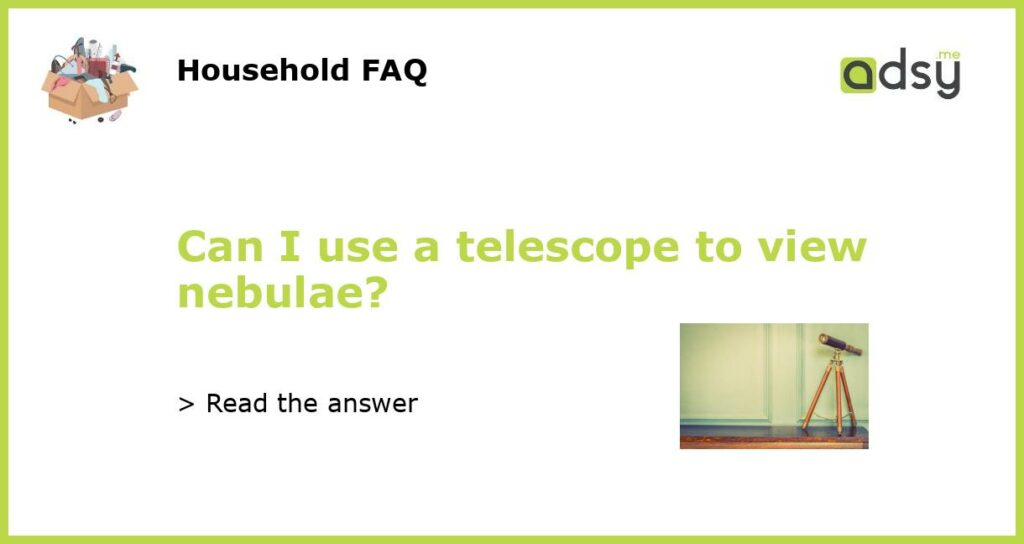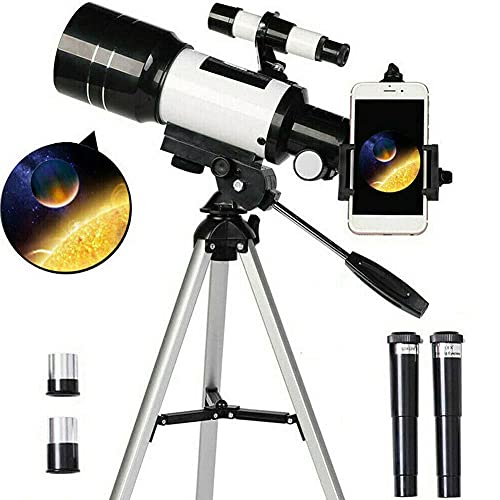Can I use a telescope to view nebulae?
Understanding Nebulae
To answer the question, it is essential to first understand what nebulae are. Nebulae are vast clouds of interstellar gas and dust, often remnants of massive stars that have exploded in supernovae. These clouds are illuminated by nearby stars or by the remnants of the stars themselves. Nebulae are known for their stunning beauty and are a common subject of observation and study by astronomers.
Choosing the Right Telescope
When it comes to viewing nebulae, having the right telescope is crucial. There are different types of telescopes available, such as refractors, reflectors, and compound telescopes, each with its own advantages and disadvantages. For observing nebulae, a telescope with a moderate to large aperture is recommended to capture enough light and detail.
A reflector telescope, also known as a Newtonian reflector, is often preferred due to its ability to gather more light compared to a refractor telescope of the same size. Reflectors also have a larger field of view, making them ideal for observing large celestial objects like nebulae. Consider a telescope with an aperture of at least 6 inches for a good viewing experience of nebulae.
Optimizing Your Telescope for Nebulae Observation
To optimize your telescope for viewing nebulae, there are several techniques and accessories you can utilize:
- Filters: Nebula filters can help enhance the visibility of nebulae by reducing light pollution and enhancing specific wavelengths of light emitted by the nebulae. Oxygen III, hydrogen-beta, and UHC filters are commonly used for observing different types of nebulae.
- Low Magnification: Nebulae are often larger and more expansive than other celestial objects. Therefore, using low magnification eyepieces can provide a wider field of view, allowing you to take in the full extent of the nebula.
- Dark Skies: Finding dark, unpolluted skies away from city lights greatly improves visibility. Light pollution can hinder the observation of nebulae, so finding a remote location or using a telescope at an observatory can enhance your viewing experience.
- Patience: Viewing nebulae requires patience as they can be faint and require time for your eyes to adapt to the darkness. Allow yourself ample time to observe and let your eyes adjust before expecting to see the fine details of a nebula.
Unveiling the Beauty of Nebulae
With the right telescope and the proper techniques, viewing nebulae can be a breathtaking experience. Nebulae have distinct shapes, colors, and textures that make them beautiful and unique celestial objects. Some of the most famous and easily observable nebulae include the Orion Nebula (M42), the Lagoon Nebula (M8), and the Eagle Nebula (M16).
When observing nebulae, take the time to appreciate their intricate details. Notice the regions of gas and dust giving birth to new stars, the glowing filaments, and the dark patches known as ‘Bok globules.’ Nebulae are also known for their vibrant colors, ranging from reds and blues to purples and greens.
Share Your Observations
If you are interested in astronomy and enjoy observing nebulae, consider joining an astronomy club or participating in online communities where you can share your observations and learn from other enthusiasts. Sharing your experiences and images of nebulae can contribute to a greater understanding and appreciation of these celestial marvels.
In conclusion, yes, you can use a telescope to view nebulae. With the right telescope setup and techniques, you can unveil the beauty and complexity of these interstellar clouds. Take the time to choose the appropriate telescope, optimize your viewing conditions, and enjoy the awe-inspiring view of these cosmic wonders.






